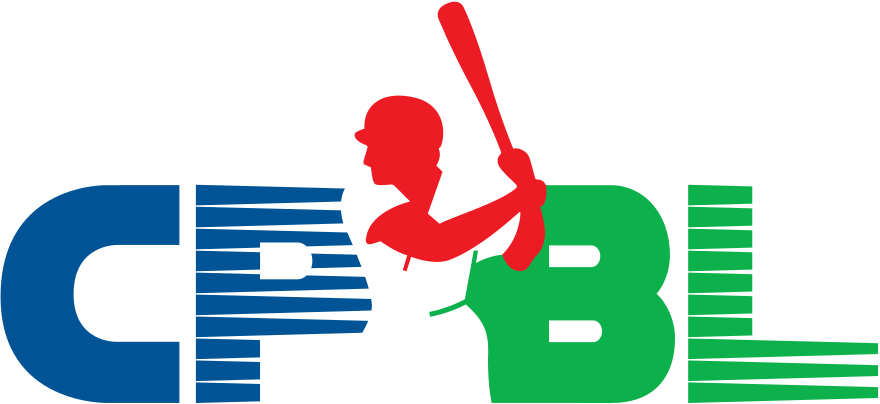Our next League Primer keeps things in Asia, but we’re moving on over to Taiwan for the Chinese Professional Baseball League.
History
The CPBL has been around since 1989, but its roots stretch back to 1984. Baseball had been popular in Taiwan for some time, but the country lacked any formal baseball structure beyond a semi-pro industrial league. Hung-Teng Sheng created the Brother Hotel amateur team in 1984 and pushed for the idea of forming a professional league in the late 1980s. He was able to get a few corporations on board, and in 1989 professional baseball came to Taiwan for the first time. The initial 1990 season of the CPBL consisted of four teams: Brother Elephants, Mercuries Tigers, Uni-President Lions, and Wei-Chuan Dragons.
There was a brief period from 1997-2003 when the CPBL was challenged by the Taiwan Major League. The TML came into existence over issues with the broadcasting rights of CPBL games. Specifically the SAMPO Corporation tired of not being awarded a CPBL franchise partnered with the CPBL’s recently jilted television rights holder, ERA TV, to form the new league. During their eight-year existence, TML was able to poach away many top CPBL stars, but ultimately TML was absorbed by the CPBL in 2003. Since that day CPBL has reigned supreme as the only professional baseball league in Taiwan.
There have been various periods of dominance from one team or another in the CPBL. Currently, the league is in a period where the Lamigo Monkeys have been the dominant force. The Monkeys have won 6 of the last 8 CPBL titles. However, due to the entry of a Japanese company into the fold, the Lamigo Monkeys are no more and are now the Rakuten Monkeys.
Format
The CPBL season begins March 14th with the playoffs slated to begin sometime in September. The reason the playoffs are a bit hazy this season is due to a lot of flux centering on Taiwan’s national team qualifying for the 2020 Summer Olympics. There will be at least one prolonged break during the regular season, perhaps more depending on the status of Team Taiwan. The actual CPBL season consists of each team playing 120 games. Traditional baseball rules are followed, with the designated hitter in use in every game. The exception being that any game that is tied after 12 innings officially ends in a draw. Rosters are around 60 players, with a four-player foreign limit, though only three of those foreigners can be on the main team active roster at any given time. Active rosters are at 26, while the rest of the players are assigned to each CPBL teams Future League affiliate.
Things get a little complicated when it comes to explaining the playoffs. The CPBL operates under a first half and second half regular season format. Each half is 60 games. There can potentially be a best-of-five Wild Card Series. The last two teams standing play in a best of seven Taiwan Series to determine the league champion. Here are the various scenarios that can happen in the playoffs.
- One team wins the first half, a second team wins the second half and they face each other in the best-of-seven game Taiwan Series.
- One team wins both halves. They get an automatic bye to the Taiwan Series and are awarded a default 1-0 lead in that series. The next two teams in the standings play in the best-of-five Wild Card Series to see who gets to advance to play in the Taiwan Series.
- A team manages to have the best overall winning percentage but they did not win either half. That team will get to play in the best-of-five Wild Card Series against the half-season winner with the lower winning percentage. The half-season winner with the higher winning percentage gets a bye to the Taiwan Series to face the eventual winner of the Wild Card Series, and they still get a 1-0 lead in that series.
Level of Play
The scale,
ML
AAAA
AAA
AA
A
Rookie
The CPBL is a very tough league to peg talent-wise. They have yet to produce a significant number of major leaguers, though a fair amount of the very best CPBL players have found their way to other AAAA unaffiliated leagues. The quality of foreign import ranges from AAA-level to A-level, generally speaking. The CPBL is a league that has consistently shown improvements in its skill level throughout its history and shows signs of continuing that trend. Still, right now I’d place the CPBL as an A-level league because the majority of players fall into that category and there aren’t enough AA-level or above players to tip the scales in the other direction.
Teams
- Chinatrust Brothers
- Fubon Guardians
- Rakuten Monkeys
- Uni-President 7-Eleven Lions
A fifth team, the Wei-Chuan Dragons, is scheduled to join the league in 2021.
Statistics
The CPBL website is good at housing statistics, both active and dating back to the very beginning of the league. For both traditional stats and more advanced ones, I can’t recommend CPBL Stats enough. They have every year of CPBL cataloged, and have added advanced stats like FIP, ERA+, WRC+, wOBA, and even created their own WAR Metric, tWAR, though it is only for pitchers at the present time.
People to Follow
There is a thriving online community of passionate CPBL fans. They have a strong social media presence as well as numerous websites dedicated to the league and individual teams. I’d recommend starting with the trio I have listed below and branching out from there.
Rob – @GOCPBL
Taiwan Ball – @BallTaiwan
Tom Chapel – @Chapeltom
Websites
CPBL – @CPBL – HeartBaseball
Streaming
CPBL TV is your one-stop-shop for watching the CPBL. For the cost of $35, you get all 120 regular-season games from each team and the entirety of the playoffs. Games can be streamed live and they are then archived for later viewing as well. CPBL TV also has an easy to use mobile app. CPBL Stats has a very useful guide on how to sign up.
Lead photo courtesy of Unknown – Unknown




